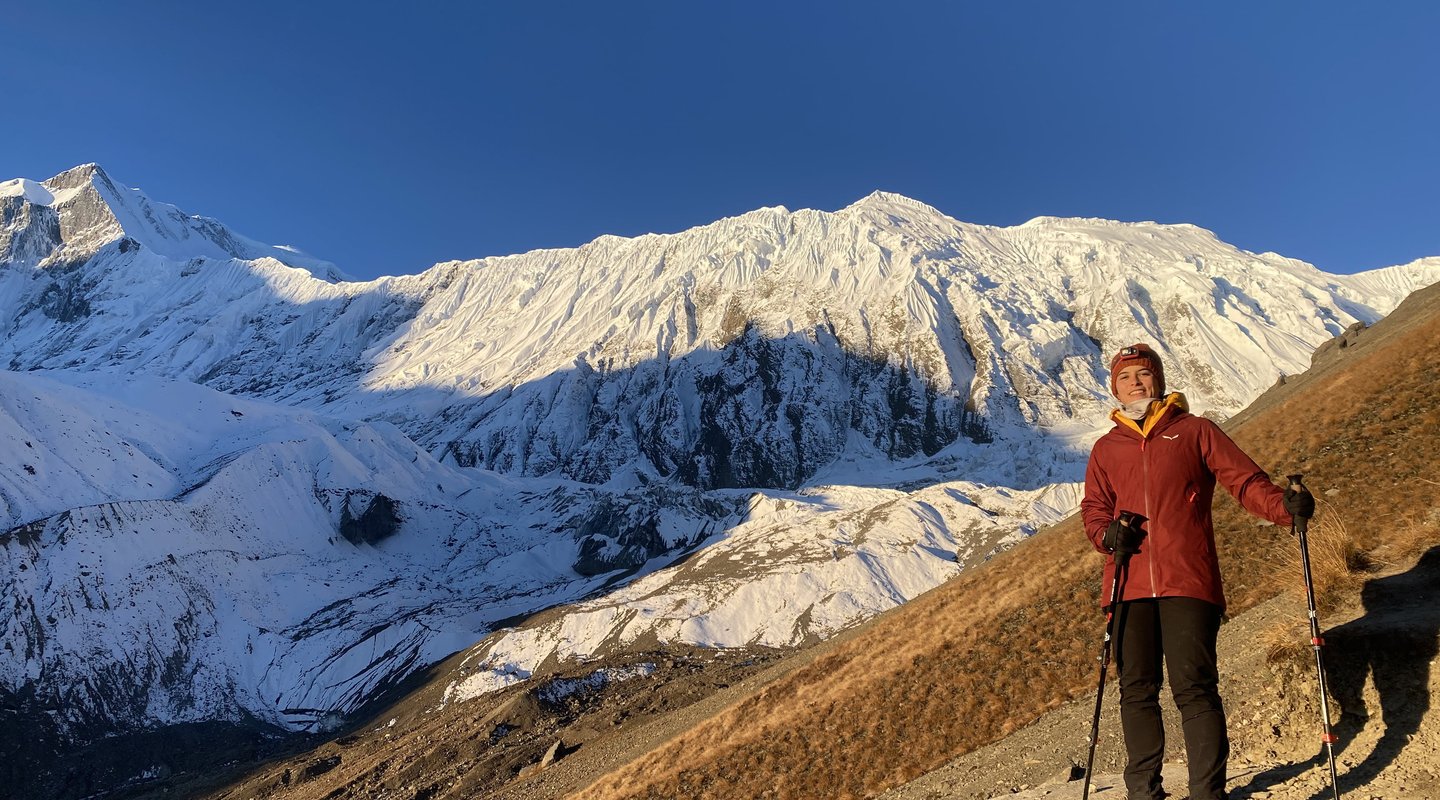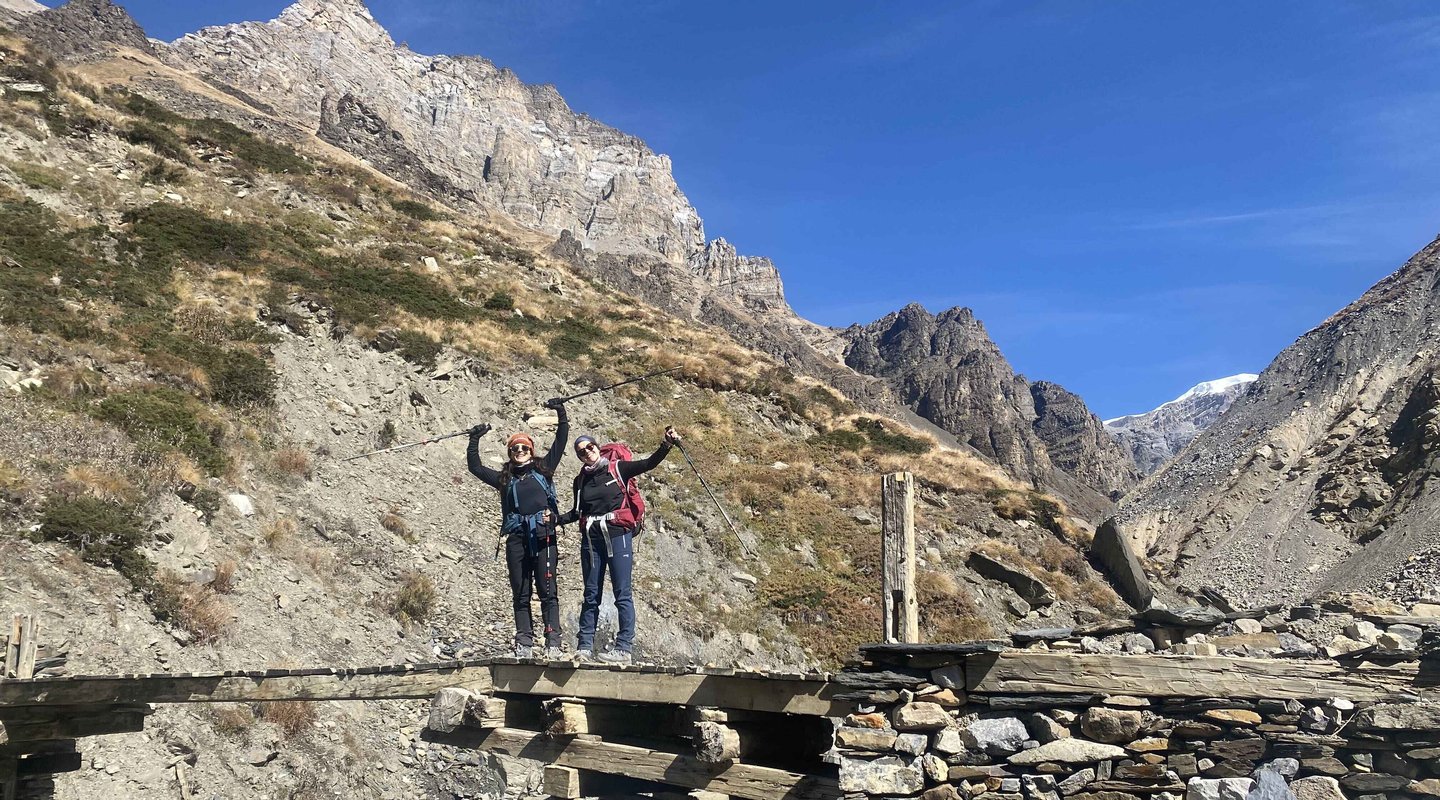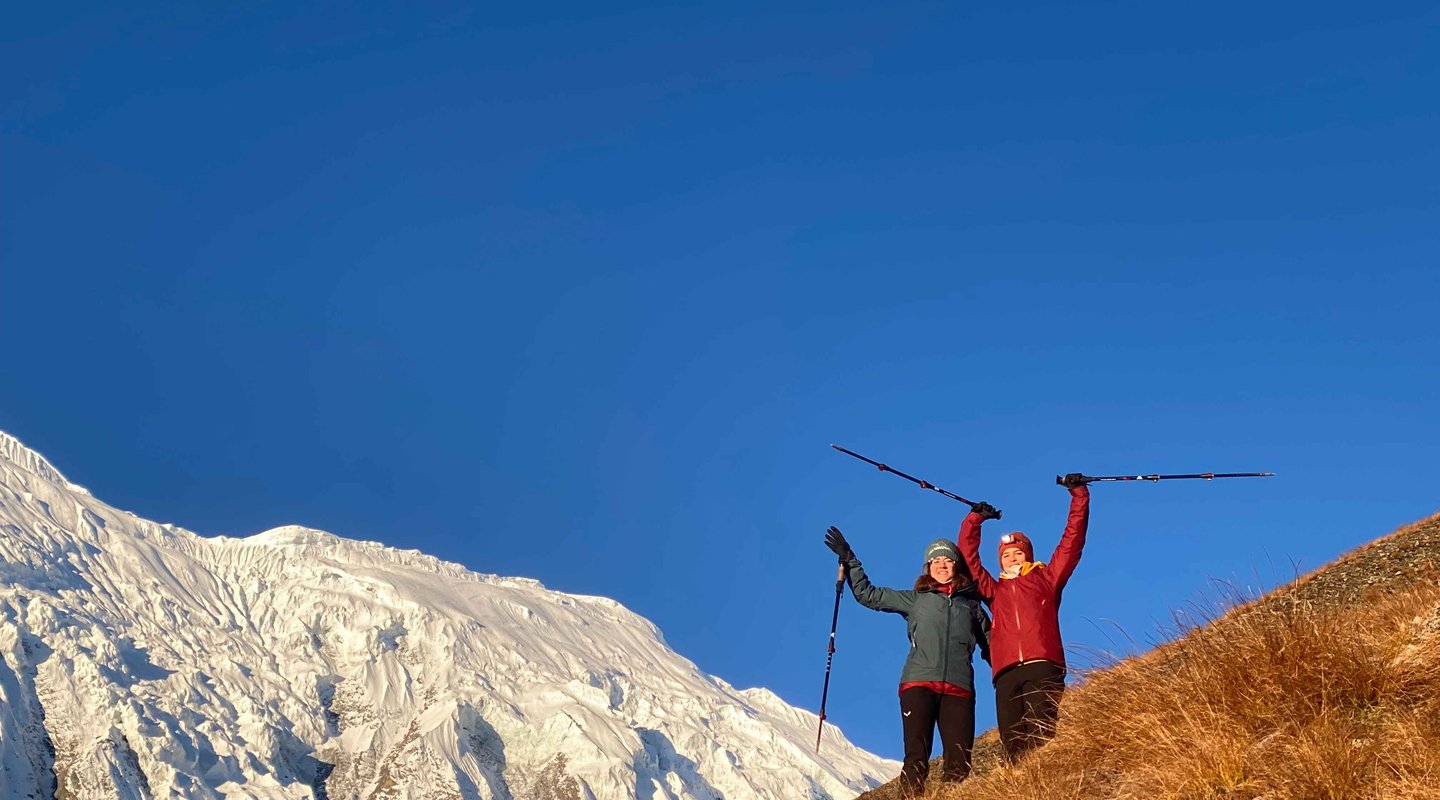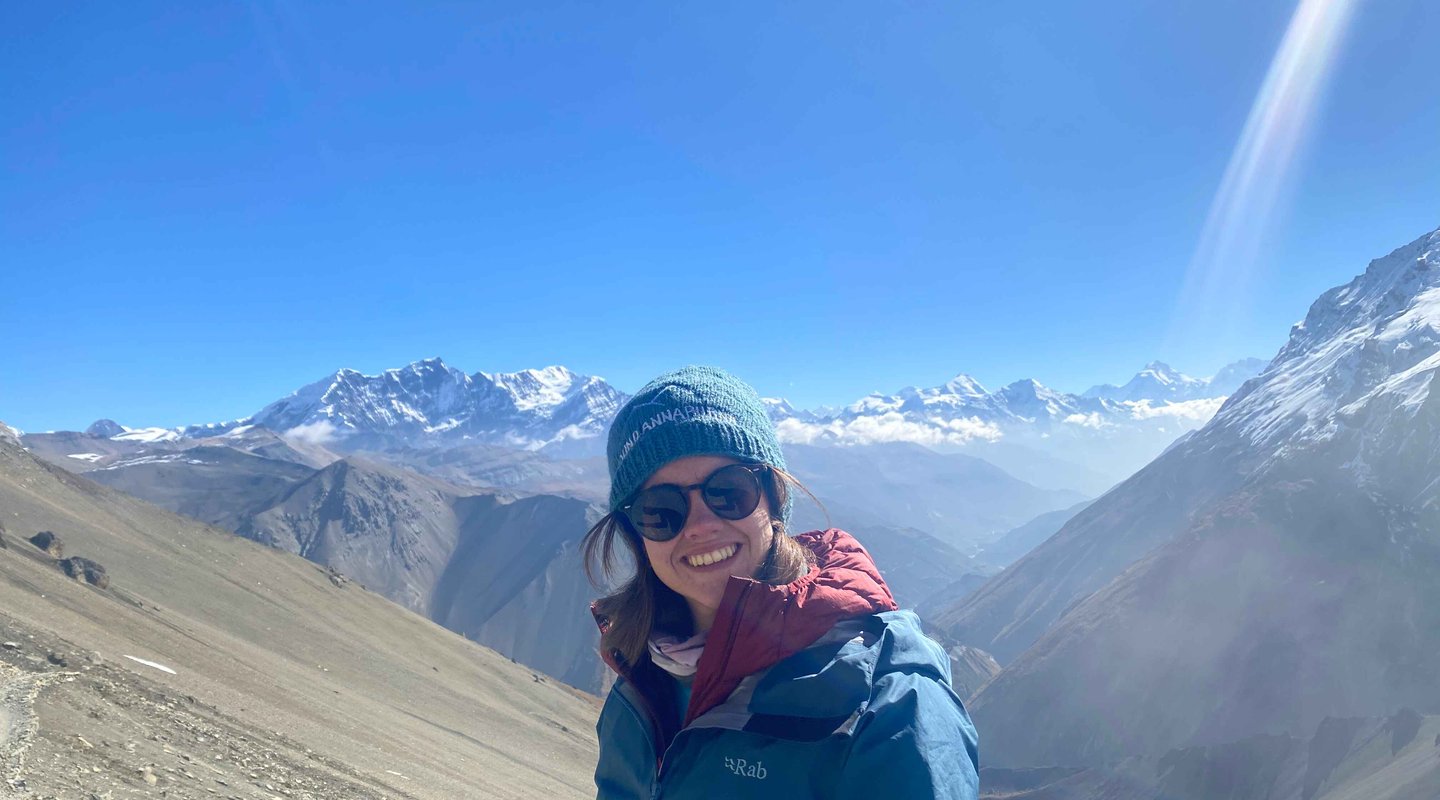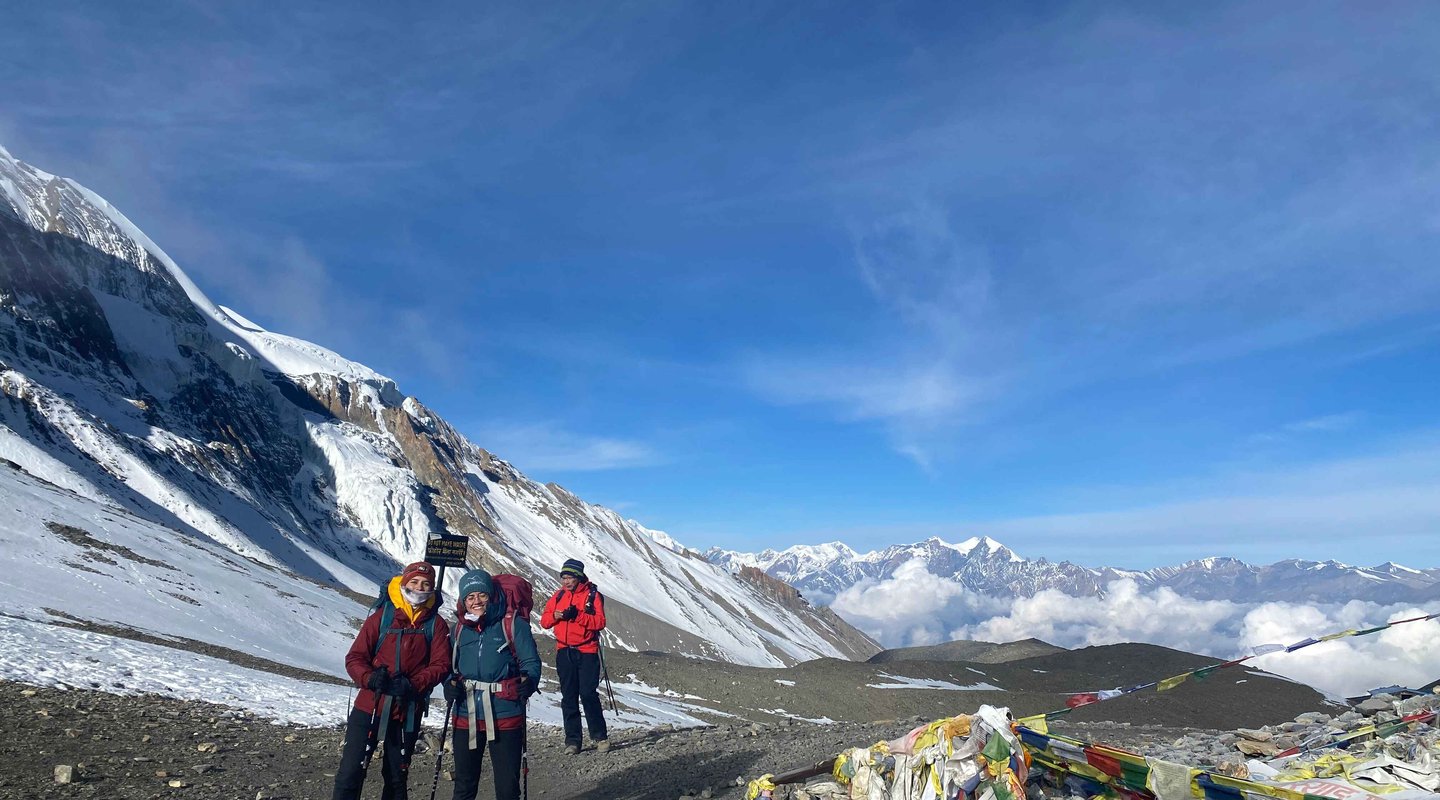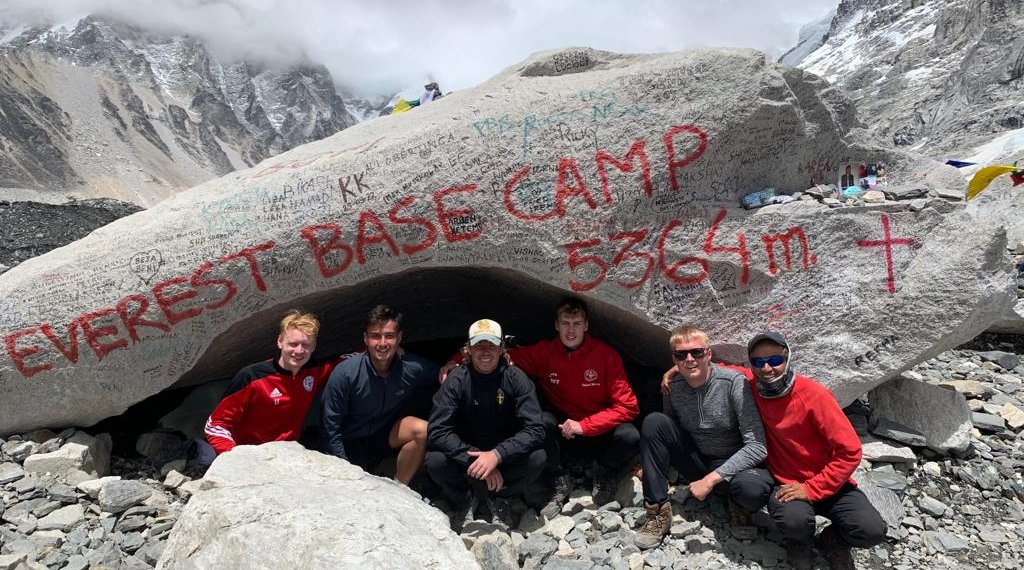
Are you ready to embark on the journey of a lifetime? If you're an adventure seeker, nature enthusiast, or simply looking for a unique experience, trekking from Jiri to Everest Base Camp is an exhilarating expedition that promises breathtaking landscapes, cultural immersion, and a rendezvous with the world's tallest peak, Mount Everest. In this comprehensive guide, we'll take you through the stunning route from Jiri to Everest Base Camp, providing you with all the information you need for an unforgettable adventure.
Trekking from Jiri to Everest Base Camp is not just a physical journey; it's a spiritual and cultural expedition through the heart of the Himalayas. This trail offers a unique perspective, allowing you to gradually ascend in altitude and witness the changing landscapes, from lush forests to rugged terrains, all while immersing yourself in the local culture of the Sherpa people.
The best time to embark on this epic journey is during the pre-monsoon (February to May) and post-monsoon (late September to December) seasons. These months offer clear skies, pleasant temperatures, and optimal trekking conditions.
Before starting your trek, ensure you obtain the necessary permits, including the Sagarmatha National Park Entry Permit and the TIMS (Trekkers' Information Management System) card. These permits help support conservation efforts and ensure your safety on the trail.
Trekking to Everest Base Camp is physically demanding. Regular exercise and cardiovascular conditioning are essential to prepare your body for the altitude and challenging terrain.
The Jiri to Everest Base Camp route is often referred to as the "classic route" to the base camp. It spans approximately 200 kilometers and takes about 20 days to complete. This trail offers a gradual ascent, allowing for better acclimatization and reducing the risk of altitude-related illnesses.
Get your Itinerary here: Jiri to Everest Base Camp
As you trek through the Solu-Khumbu region, you'll encounter charming Sherpa villages like Namche Bazaar and Khumjung. Take the time to explore these settlements, interact with the locals, and learn about their rich culture and traditions.
The trail is dotted with Buddhist monasteries and gompas that offer a serene atmosphere and stunning views of the mountains. Tengboche Monastery, with its intricate architecture, is a must-visit spot on your journey.
Altitude sickness is a genuine concern when trekking in the Everest region. To minimize risks, the Jiri to Everest Base Camp route allows for gradual acclimatization, with strategic rest days at higher elevations. Listen to your body and follow the guidance of your experienced guide.
Teahouses along the trail provide cozy accommodations and hearty meals. Expect a variety of traditional Nepali dishes, including dal bhat and momo. It's advisable to carry some snacks and a reusable water bottle to stay hydrated.
8.1. Clothing
Pack warm clothing layers, including a down jacket, thermal wear, and moisture-wicking base layers. Don't forget waterproof gear, as rain or snow can be expected.
8.2. Footwear
Invest in comfortable, well-fitted trekking boots and bring extra pairs of socks.
8.3. Backpack
A sturdy, comfortable backpack with adjustable straps is crucial to carry your essentials.
The trek is moderately difficult, suitable for trekkers with some prior experience. The gradual ascent helps with acclimatization.
While it's possible to trek independently, hiring a local guide is recommended for safety and cultural insights.
The cost varies but typically ranges from $1600 to $2,500, covering permits, accommodations, meals, and guide fees.
Yes, but it's advisable to trek with a group or guide for safety reasons.
Basic medical facilities are available in some villages, but it's essential to carry a basic first-aid kit and any necessary medications.
The trek offers stunning views of the Himalayas and a chance to immerse yourself in the Sherpa culture. Reaching Everest Base Camp is undoubtedly a highlight.
Now that you have a comprehensive guide to trekking from Jiri to Everest Base Camp, it's time to embark on this life-changing journey. Prepare well, respect the environment and local culture, and get ready for an adventure that will leave you with memories to last a lifetime.
